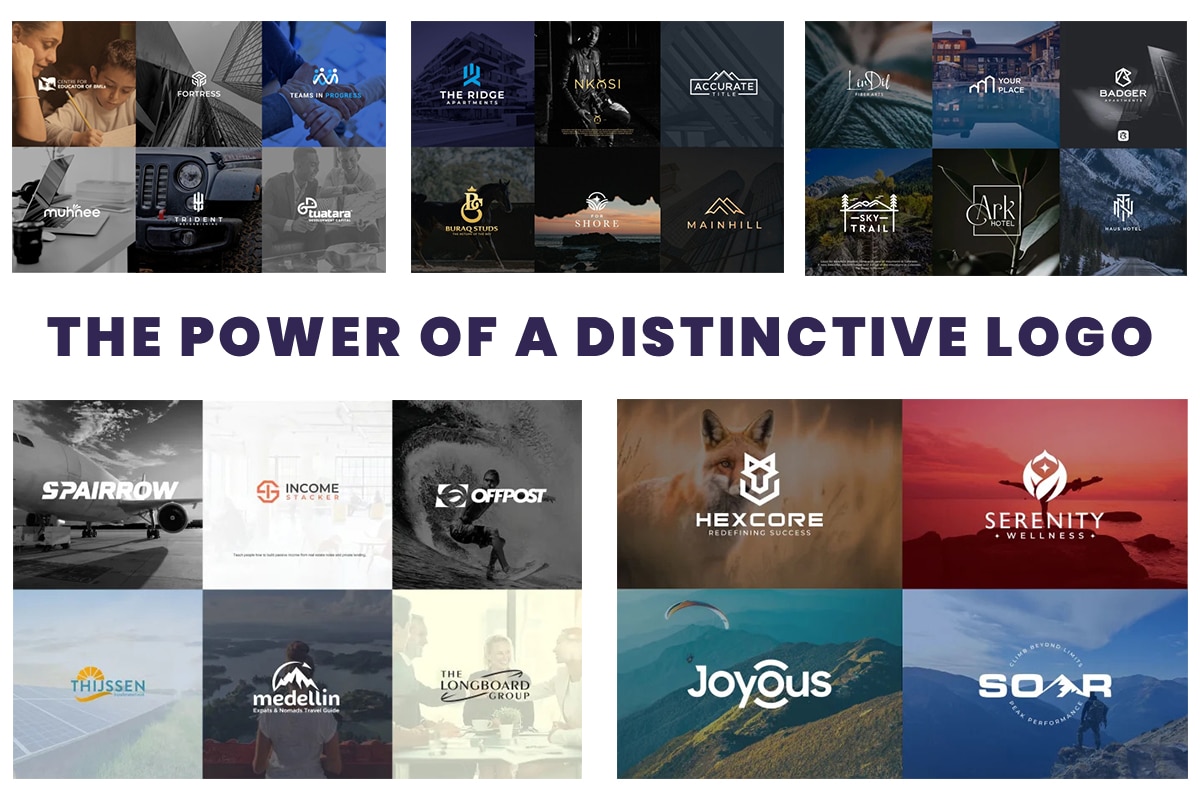Design is a blend of creativity and strategy, and creating unique and attractive design results is an art form that requires a discerning eye and a deep understanding of both aesthetics and functionality. In this article, we dive into the expert-recommended strategies to effectively evaluate design outcomes that captivate and stand out in today’s competitive landscape.
1. The Blend of Uniqueness and Relevance: Experts emphasize that a successful design must strike a balance between uniqueness and relevance. While uniqueness helps your design stand out, it’s crucial to ensure that it aligns with the purpose, target audience, and brand identity. A unique design that resonates with the intended audience is a recipe for success.
2. Visual Appeal and User Experience: Attractive design doesn’t merely rely on aesthetics—it also focuses on user experience. The experts recommend evaluating designs based on their visual appeal as well as their ability to engage users seamlessly. Intuitive navigation, clear hierarchy, and responsive layouts contribute to a positive user experience.
3. Consistency Across Platforms: Consistency is key in design. Experts advise assessing whether your design maintains a cohesive look and feel across various platforms—be it a website, mobile app, social media, or print materials. Consistency not only strengthens brand recognition but also enhances user trust.
4. Attention to Detail: The devil is in the details, and experts stress the importance of scrutinizing every element of your design. Check for pixel-perfect alignment, consistent spacing, well-chosen typography, and high-quality images. Attention to detail reflects professionalism and elevates the overall impression of your design.
5. Purposeful Use of Color and Typography: Colors evoke emotions and typography communicates tone. Experts recommend evaluating the use of color palettes and fonts in your design. Make sure they resonate with the brand’s message and convey the desired mood to your audience.
6. Embracing White Space: White space, or negative space, is a powerful design element that allows the design to breathe and draws attention to key elements. Expert designers often advocate for ample white space to prevent overcrowding and create a visually pleasing composition.
7. Alignment with Brand Identity: Your design should seamlessly integrate with the brand’s identity. Experts suggest assessing whether the design elements—such as logos, color schemes, and visuals—align with the brand’s values and personality. A consistent brand identity fosters brand loyalty.
8. A/B Testing for Optimization: Experts in the field emphasize the value of A/B testing, especially for digital designs. This involves creating multiple variations of a design and testing them with a sample audience to determine which version performs better. A/B testing provides data-driven insights to refine your design.
9. Soliciting Expert Feedback: Involve fellow designers or design mentors in your evaluation process. Experts often collaborate and seek feedback from peers who can provide constructive criticism, fresh perspectives, and insights to enhance the design’s quality.
10. Staying Current with Trends: Design trends evolve, and experts stress the importance of staying informed about current design trends while maintaining a unique twist. Being aware of trends helps you create designs that feel current and resonate with contemporary audiences.
Conclusion: Crafting Design Excellence through Expert Insights Evaluating unique and attractive design results requires a multifaceted approach that combines aesthetics, functionality, and a deep understanding of the audience. By embracing the wisdom shared by design experts, you’ll be better equipped to create designs that not only stand out but also effectively communicate your message, leaving a lasting impact on your audience and setting new standards of design excellence.






